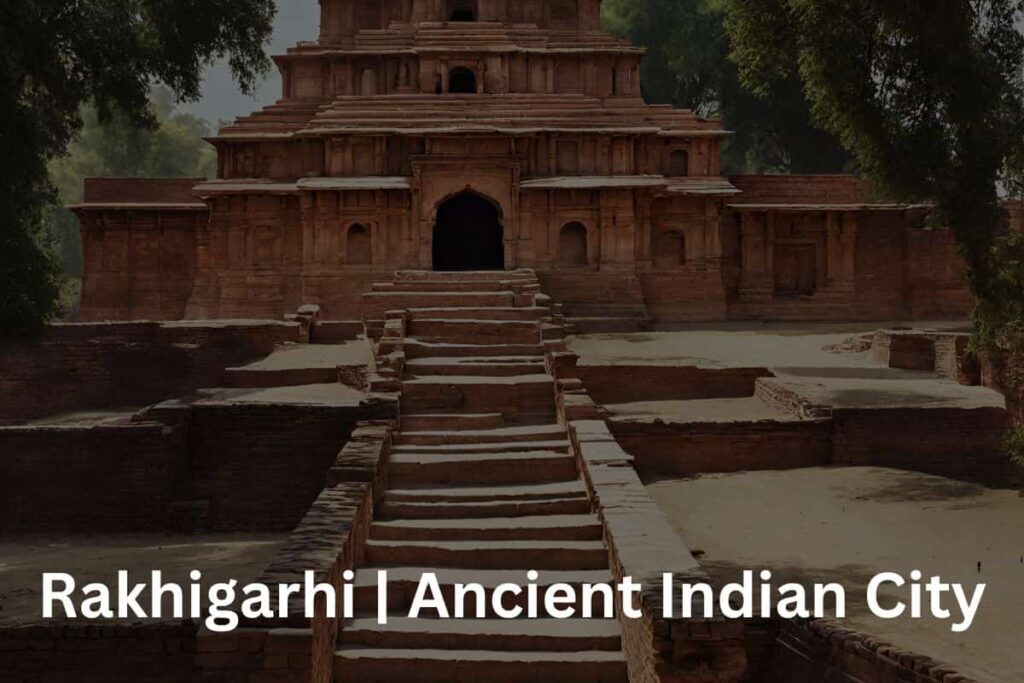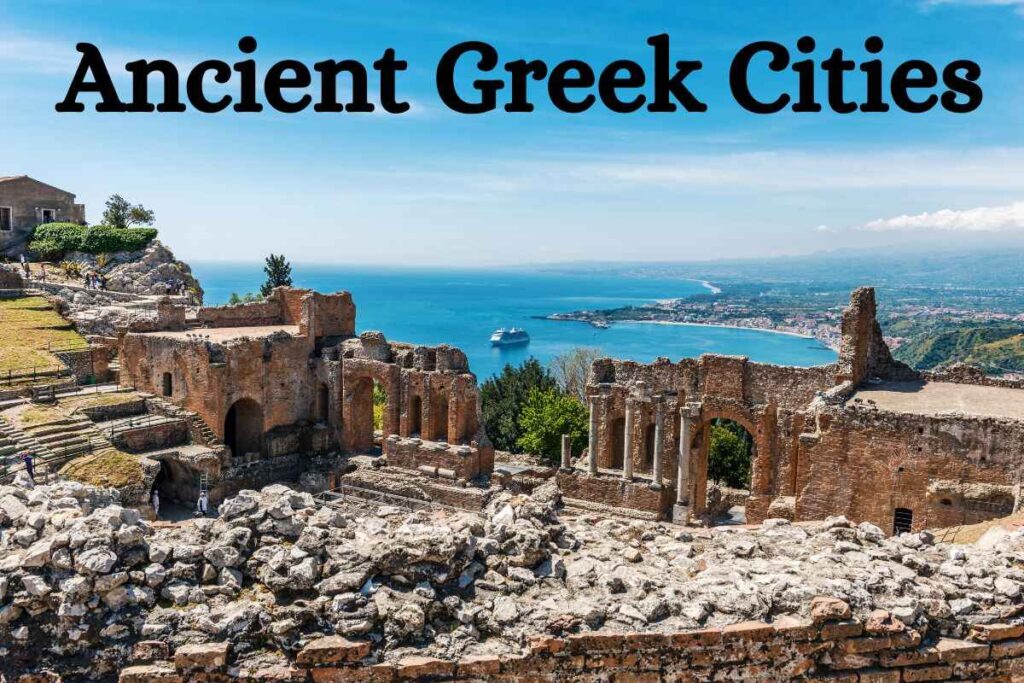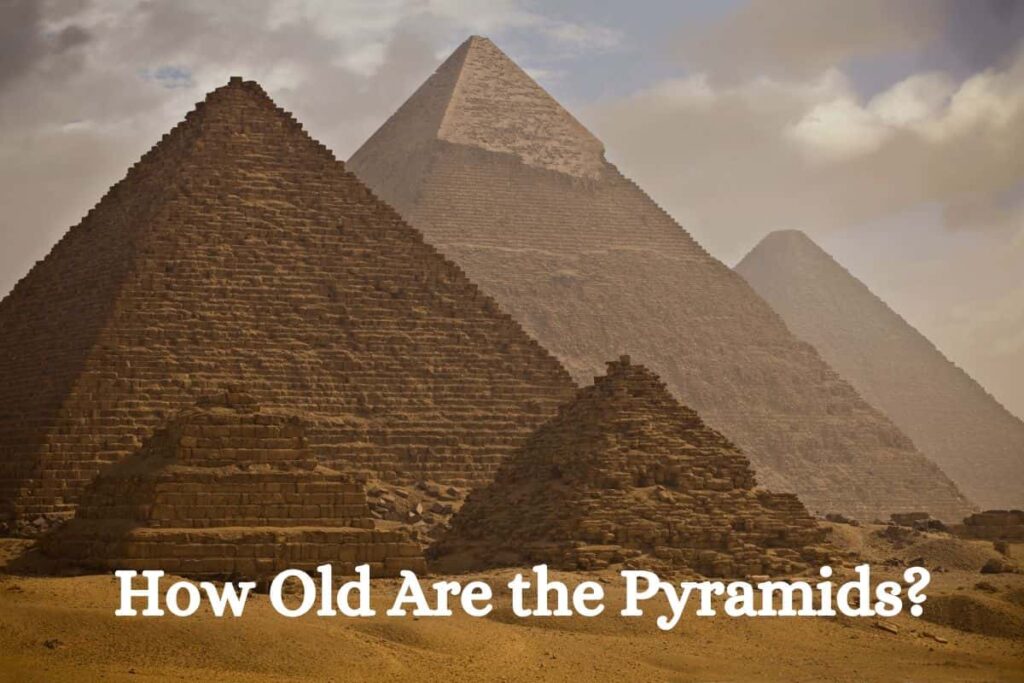Introduction
Welcome to a captivating journey through the ages as we explore Rakhigarhi, a site nestled in the historical fabric of the ancient Indus Valley Civilization. This article is a chronological expedition, shedding light on the key milestones and discoveries that have shaped our understanding of this extraordinary civilization.
The Discovery of Rakhigarhi
In 1963, the site was discovered by renowned archaeologist Dr. Amalananda Ghosh during the Archaeological Survey of India’s explorations. Dr. Ghosh’s groundbreaking discovery brought to light the immense historical significance of The city within the context of the ancient Indus Valley Civilization.
Lost City Excavation

According to findings from his archaeological endeavors in 1997 and 2000, Amarendra Nath documented that the archaeological site spans an expansive area exceeding 300 hectares (equivalent to 3.0 km2). Notably, the site features seven distinct mounds, and among them, five form a continuous cluster.
Under the direction of archaeologist Amarendra Nath, excavations at Rakhigarhi revealed a sprawling urban settlement dating back to approximately 4600–3200 BCE. The meticulous excavation uncovered well-planned streets, residential complexes, and an advanced drainage system, providing a glimpse into the sophisticated urban planning of the ancient inhabitants.
Rakhigarhi Civilization

Radiocarbon dating of artifacts found at Rakhigarhi places its peak during the mature phase of the Indus Valley Civilization, aligning with the broader timeline of this ancient civilization. The deciphering of inscriptions on seals, pottery, and other artifacts has contributed to our understanding of the social and economic structures of the civilization.
History of Rakhigarhi
Rakhigarhi’s history is intricately connected to the rise and fall of the Indus Valley Civilization. Scholars believe that Rakhigarhi played a pivotal role in trade and cultural exchange, evidenced by the discovery of artifacts indicating links with Mesopotamia and other contemporary civilizations. The decline of the Indus Valley Civilization around 1900 BCE also affected Rakhigarhi.
Lost City in the Modern Context
As of the 21st century, Lost City continues to capture the imagination of historians, archaeologists, and curious travelers. The ongoing research and exploration at the site, coupled with advancements in archaeological techniques, ensure that the story of Rakhigarhi unfolds with each passing year, adding nuance to our understanding of ancient civilizations.
Rakhigarhi Museum
In 2016, the Haryana government inaugurated the Rakhigarhi Museum, showcasing a curated collection of artifacts excavated from the site. The museum provides a tangible link to the past, allowing visitors to witness firsthand the tools, pottery, and intricate artifacts that defined the daily lives of inhabitants.
What Makes Rakhigarhi Famous?
Rakhigarhi is famous for its status as one of the largest and most significant sites of the Indus Valley Civilization. The discoveries made during the excavation, including the well-planned urban layout and advanced drainage system, have contributed immensely to our understanding of ancient urban centers. The sheer scale and sophistication of City make it a cornerstone in the study of ancient civilizations.
Locating The Lost City on the Indian Map
Situated in the state of Haryana, India, Rakhigarhi is approximately 150 kilometers northwest of Delhi. Its geographical location places it at the crossroads of ancient trade routes, emphasizing its historical role as a center of commerce and cultural exchange.
FAQs
Ques – In which state is Rakhigarhi located?
Rakhigarhi is located in the northern Indian state of Haryana, a region with a rich historical and cultural heritage dating back to ancient times.
Ques – What can be found in the Rakhigarhi Museum?
Museum houses an extensive collection of artifacts dating back to the Indus Valley Civilization. Visitors can marvel at pottery, tools, seals, and jewelry, gaining insight into the daily life and culture of the people who once thrived in Rakhigarhi.
Ques – Why is Rakhigarhi famous?
Famous for its archaeological significance, being one of the largest sites of the ancient Indus Valley Civilization. The site’s discoveries have reshaped our understanding of urban planning, trade, and social structures during ancient times.
Ques – How can one reach Rakhigarhi?
Rakhigarhi is easily accessible by road, and the nearest major city is Delhi. Visitors can embark on a road trip or use public transportation to reach the City, making it a convenient destination for those eager to explore the remnants of an ancient civilization.
Conclusion
In conclusion, Rakhigarhi stands as a living testament to the intricate tapestry of India’s ancient past. From its discovery in 1963 to the ongoing excavations and research, Lost City continues to unravel the mysteries of the Indus Valley Civilization. As we traverse through time, guided by specific facts and dates, we gain a deeper appreciation for the enduring legacy of Lost City and its contribution to our understanding of human history.



